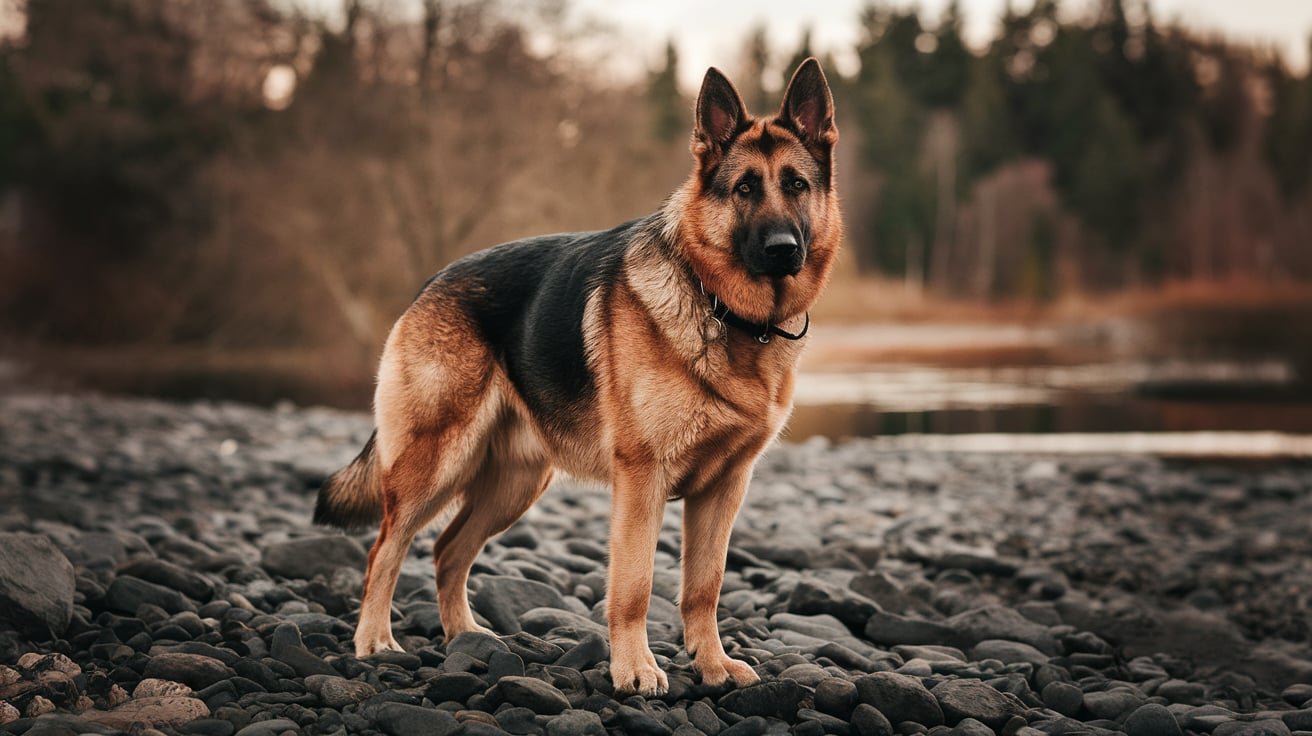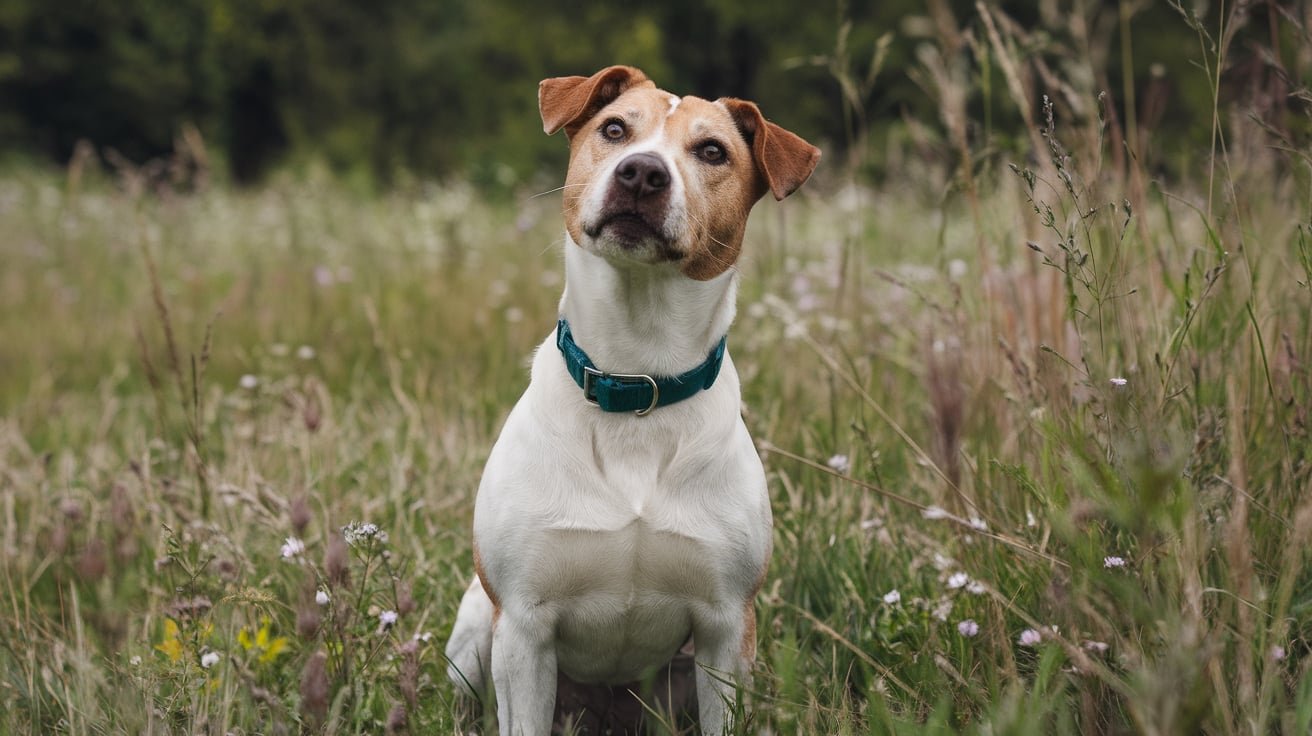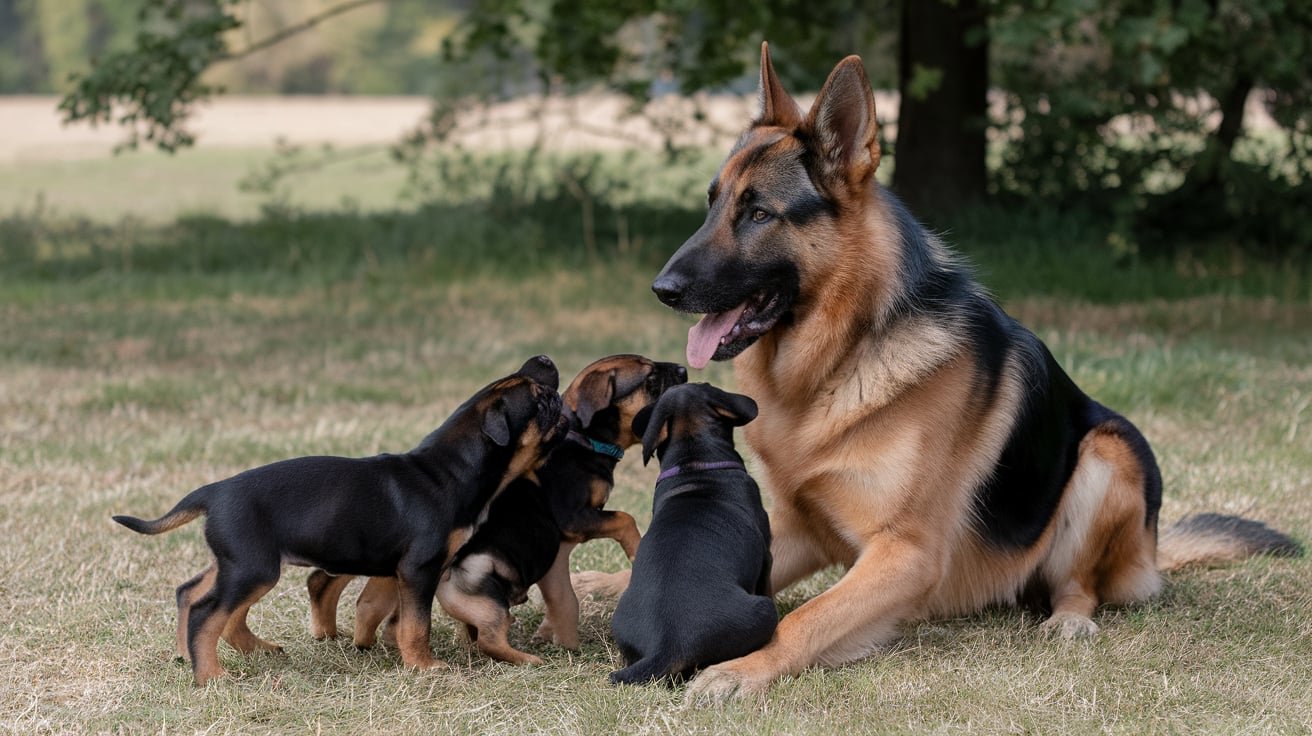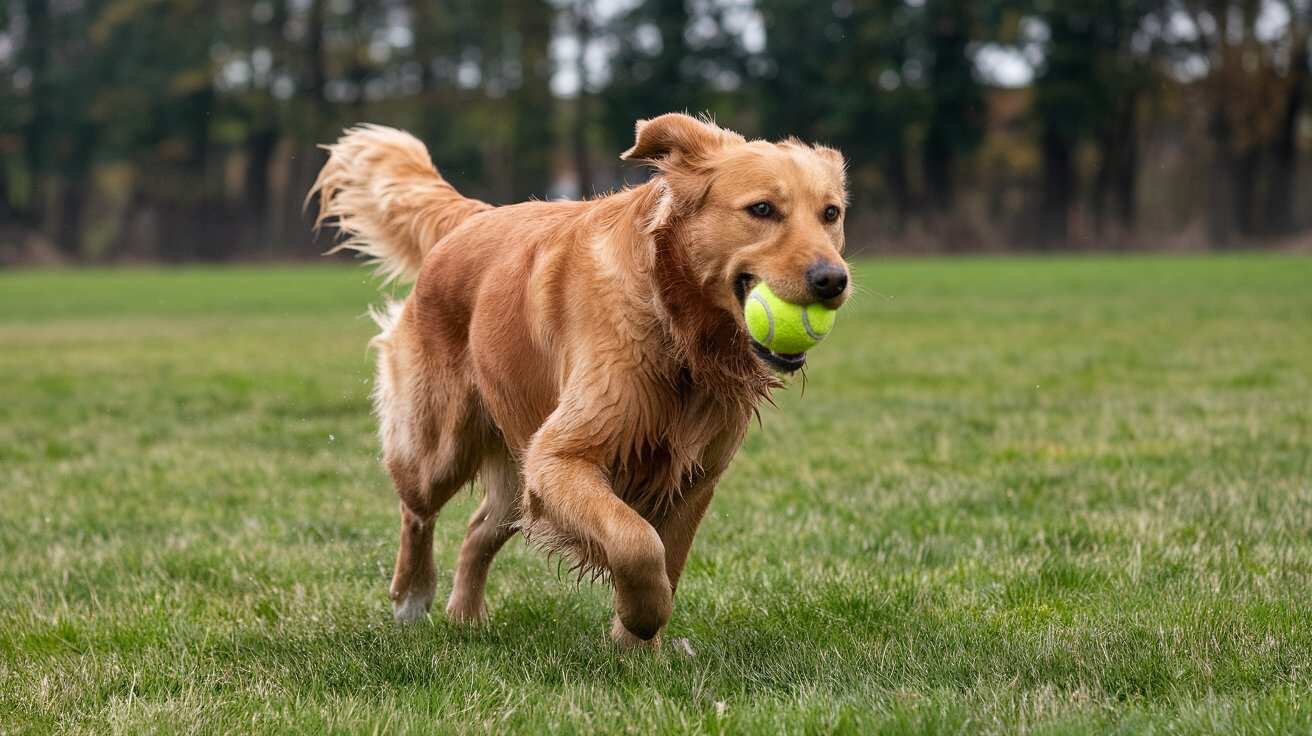Introduction To Best Dog Breeds For Protection
When it comes to choosing a dog, many people consider not just companionship but also protection. In the UK, certain dog breeds are renowned for their protective instincts and abilities. Selecting the best dog breeds for protection can provide peace of mind and ensure the safety of your family and property. This guide will help you navigate your options, offering insights into various breeds, their characteristics, and tips for choosing the right protector for your home.
1. Why Choose a Protective Dog?
Dogs have been companions and guardians for centuries. Choosing a protective breed can bring several benefits:
- Security: A protective dog can deter intruders and alert you to potential dangers.
- Companionship: Many protective breeds are loyal and loving companions, forming strong bonds with their families.
- Confidence: Having a dog that can protect you and your loved ones can boost your confidence in your home and community.
Anecdote: When Sarah and her family moved to a new neighborhood in Birmingham, they felt a bit uneasy. “We decided to adopt a Rottweiler named Max. He’s not just a dog; he’s become part of our family. Whenever he’s around, we feel safe.”
2. Top Dog Breeds for Protection in the UK
Here are some of the best dog breeds for protection, known for their loyalty, strength, and protective instincts:
a. German Shepherd
Firstly, the German Shepherd is one of the most popular protection breeds in the UK. They are intelligent, versatile, and highly trainable.
- Size: Large
- Temperament: Confident, courageous, and loyal
- Grooming: Moderate (regular brushing needed)
Anecdote: John, a police officer, shares, “My German Shepherd, Rex, is not only my partner at work but also my protector at home. He knows when to be playful and when to be serious.”
b. Rottweiler
In addition, the Rottweiler is known for its strength and protective nature. They are fearless and can be incredibly loyal to their families.
- Size: Large
- Temperament: Confident, fearless, and loyal
- Grooming: Low (minimal grooming required)
c. Doberman Pinscher
Moreover, the Doberman Pinscher is known for its loyalty and intelligence. These dogs are alert and can be trained to protect their homes effectively.For More information You Can Also Visit Dogs Family
- Size: Large
- Temperament: Alert, fearless, and loyal
- Grooming: Low (minimal grooming required)
d. Bullmastiff
Furthermore, the Bullmastiff is a gentle giant that is also very protective. They are known for their strength and can be very loyal to their families.
- Size: Large
- Temperament: Gentle, affectionate, and protective
- Grooming: Low (minimal grooming required)
e. Belgian Malinois
Finally, the Belgian Malinois is highly trainable and energetic, making them excellent protection dogs. They are often used in police and military roles due to their intelligence and agility.
- Size: Medium to Large
- Temperament: Intelligent, hardworking, and loyal
- Grooming: Moderate (regular brushing needed)
3. Choosing the Right Protective Dog for Your Home
Selecting the right protective dog involves several considerations:
a. Assess Your Needs
Firstly, evaluate what you need from a protective dog. Are you looking for a dog that can deter intruders, or do you need a companion that is also protective? Understanding your needs will help narrow your choices.
b. Consider Your Lifestyle
Moreover, consider your lifestyle. Do you have children? How much time can you dedicate to training and exercise? Some breeds require more attention and activity than others.
c. Visit Breeders and Shelters
In addition, visit local breeders or shelters to meet potential dogs. Spending time with a dog can help you gauge their temperament and suitability for your home.
d. Training is Essential
Finally, invest in proper training. A well-trained dog is not only more manageable but also more effective as a protector. Consider enrolling in obedience classes or working with a professional trainer.
4. Managing a Protective Dog in Your Home
Owning a protective dog comes with responsibilities. Here are some tips to ensure a positive experience:
a. Regular Exercise
Firstly, ensure your dog receives regular exercise. This helps keep them healthy and mentally stimulated.
b. Socialization
Moreover, socializing your dog is crucial. Expose them to different environments, people, and animals to help them become well-rounded and less fearful.
c. Consistent Training
In addition, consistent training is key. Reinforce good behavior and set boundaries to ensure your dog understands their role.
d. Veterinary Care
Lastly, regular veterinary check-ups are essential. Ensure your dog is up to date on vaccinations and preventive care to keep them healthy.
Anecdote: Emma, a proud owner of a Belgian Malinois named Luna, emphasizes, “Training Luna was a game-changer. She’s not just protective; she’s also incredibly friendly with our kids. It’s all about finding that balance.”
5. Final Thoughts on Choosing a Protective Dog
Choosing the best dog breeds for protection can be a rewarding experience. Breeds like the German Shepherd, Rottweiler, and Doberman Pinscher are not only loyal companions but also effective protectors. By understanding your needs and providing proper training and care, you can ensure a safe and happy environment for both you and your furry friend.
If you’re ready to welcome a protective dog into your life, reach out to local shelters or breeders, and explore the wonderful world of dog ownership!



